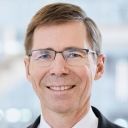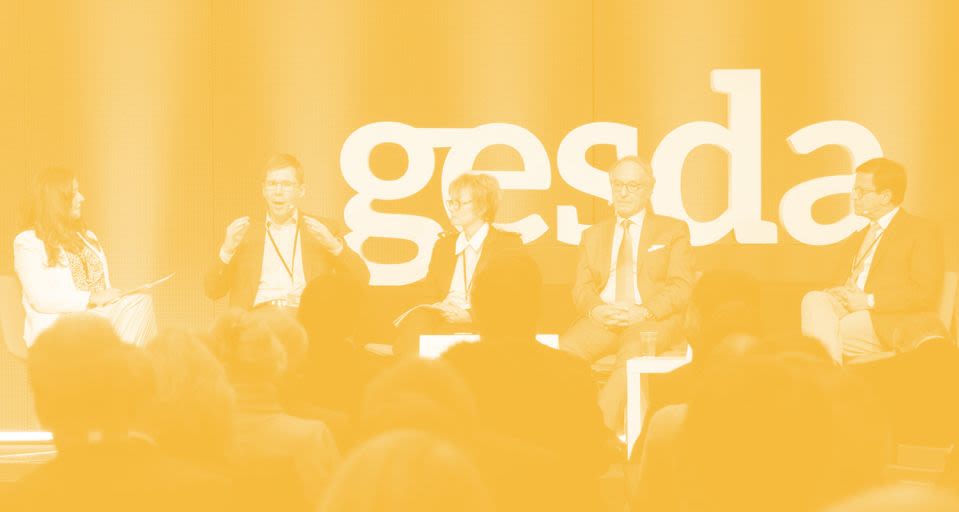In 2007 Joël Mesot received the Title of ETH-Zurich Professor. In 2008 he was named full Professor for Physics at ETH Zurich and EPF Lausanne, and became Director of the Paul Scherrer Institute (PSI) in Villigen. Since January 1, 2019 he is President of ETH Zurich.
Joël Mesot, born in Geneva, studied physics at ETH Zurich. After receiving his diploma, he performed his PhD on high-temperature superconductors. During his thesis work he spent 2 years at the Institute Laue Langevin (ILL/France). Between 1992 and 1997 he conceived and co-realized the time-of-flight spectrometer FOCUS at the neutron spallation source SINQ of the Paul Scherrer Institute (PSI). He then spent two years at the Argonne National Laboratory (USA) to perform angle resolved photoemission spectroscopy (ARPES) experiments, before taking over the neutron spectroscopy group at PSI. Since 2004 he was heading the Laboratory for Neutron Scattering of ETH Zurich and PSI.
His main research interests are in the field of strongly correlated materials exhibiting close bonds between electrons, spins and lattices, such as superconductors, metal oxides and quantum magnets. By means of neutron scattering and ARPES experiments realized at the large-scale facilities SINQ (neutrons) and SLS (light) of PSI, the elementary excitations in relevant compounds can be measured and compared to existing theoretical models. The measurements take place at the PSI's large-scale research facilities, at the SINQ Spallation Neutron Source and at the SLS Synchrotron Light Source Switzerland.
For his research work he was awarded the 1995-IBM prize of the Swiss Physical Society and the 2002-Latsis prize of ETH Zurich. From 2003 to 2006 he was chairman of the subcommittee “structural and magnetic excitations” of ILL and since 2003 he is the main Editor of “Neutron News”. In 2007 he became chair of the PSI research commission.




